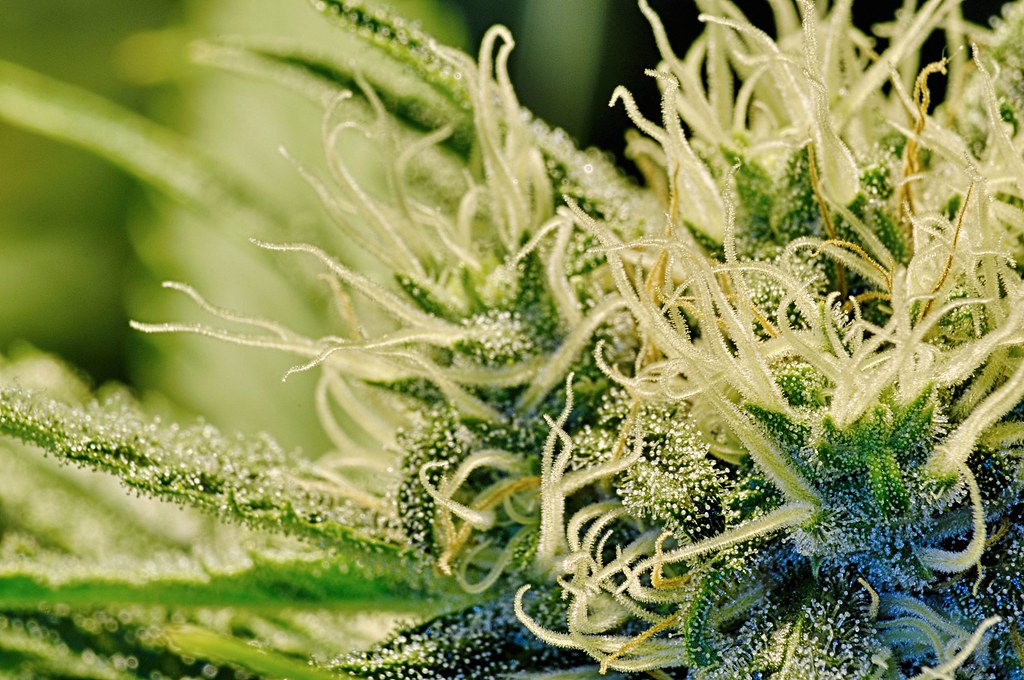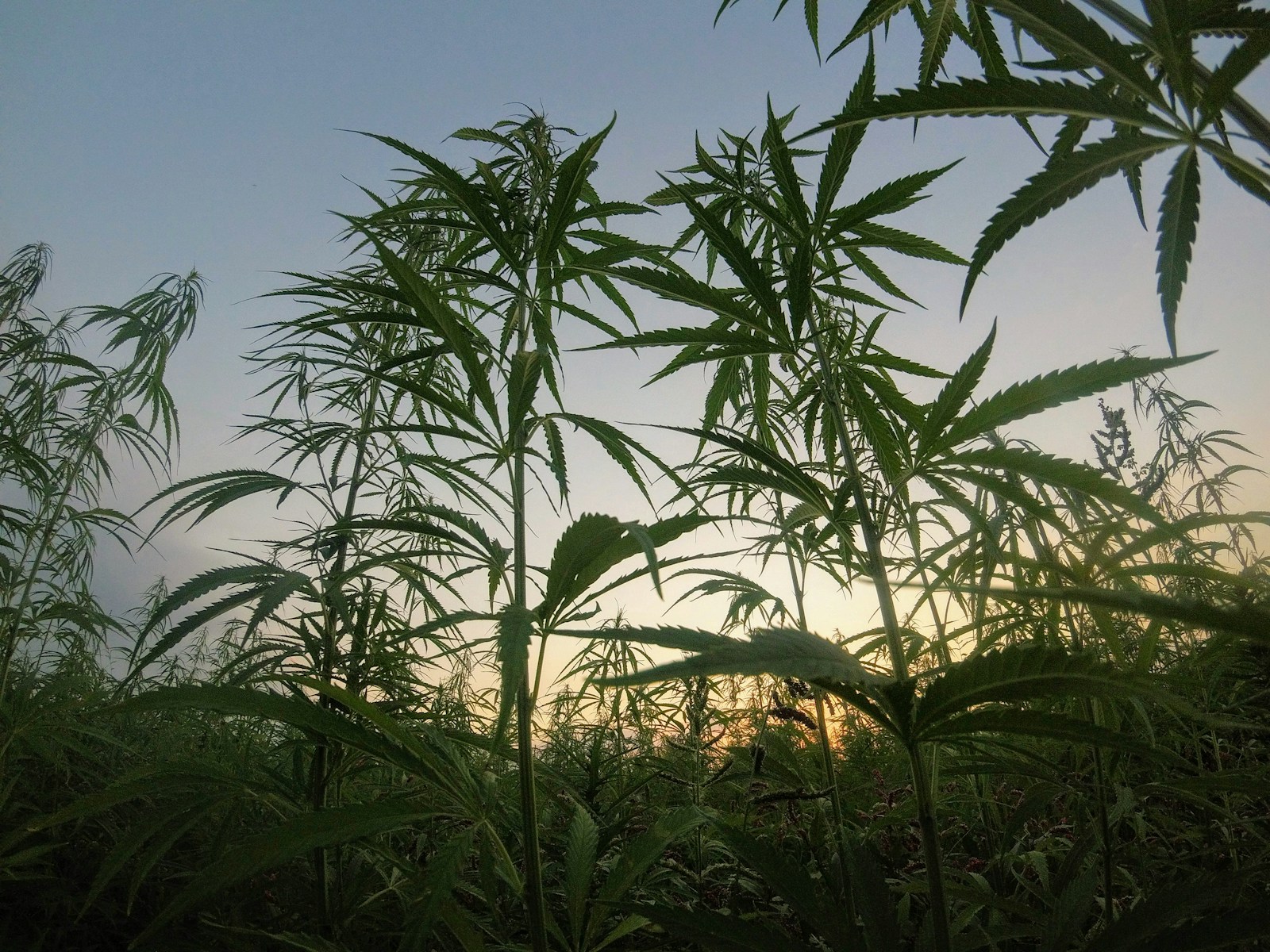Cannabis cultivation is a world of endless possibilities, especially when you explore the nuances of breeding and strain development. One crucial element in this process is pollen from weed, which allows growers to cross specific cultivars or replicate the genetics of a single plant. It’s an essential part of breeding cannabis successfully.
Consider this your guide to everything you need to know about collecting, storing, and using marijuana pollen for genetic breeding and cultivation.
What Is Cannabis Pollen?
To put it simply, cannabis pollen is a fine, powdery substance produced by male cannabis plants. Just like in other plant species, this pollen plays an essential role in the plant reproduction process.
- When pollen is released from the sacs of a male cannabis plant, it can fertilize the pistils of a female cannabis plant.
- The pistils are small hairs around the female cannabis plants that receive pollen to start flowering.
- This makes cannabis pollen a key element for breeders and cultivators interested in developing new strains or maintaining genetics.
How to Identify Male Cannabis Plant Pollen Sacs
It’s important to remember that cannabis pollination means your focus is on male cannabis plants, and female plants are the receivers. About 4-6 weeks after your plant has germinated, you should begin noticing the signs to determine whether it’s male or female.
Here is some helpful information about the qualities of male and female cannabis plants:
- Male cannabis plants: Male plants produce small, round sacs that resemble tiny clusters. These are located at the nodes of the plant, where the leaves meet the stem.
- Female cannabis plants: Female plants will produce pistils, which look like white hairs that will gradually change color as the plant matures.
 Why You Should Collect Cannabis Pollen
Why You Should Collect Cannabis Pollen
Collecting the pollen can be a rewarding practice for growers looking to create unique hybrids or preserve valuable genetics. However, it’s important to understand both the benefits and risks associated with this process to ensure successful breeding and storage.
- Benefits of collecting pollen:
By collecting and using cannabis pollen, you can cross-pollinate different cultivars, creating your own unique hybrids with desired traits. Growers who have plants with rare genetics or high-quality traits in specific cultivars may collect pollen to preserve that lineage for future cultivation.
- Risks and storage considerations:
Although collecting cannabis pollen can be a cost-effective and unique way to preserve and continue your plant’s genetics, there are some risks to cannabis breeding with pollen if not handled correctly. Cannabis pollen has a short shelf life and can be extremely volatile to higher temperatures or humidity levels, making a cool-dry storage place important.
How and When to Collect Cannabis Pollen
Timing is everything when it comes to collecting pollen. You’ll need to identify when male plants are ready to release pollen. Look for mature pollen sacs – they are small, round structures that grow in clusters on male cannabis plants. These sacs will eventually open and release pollen.
- You’ll notice when mature pollen sacs will open slightly, showing a yellowish tint.
- Carefully trim the branches with the pollen sacs and lay them on a tray or plate with parchment paper underneath.
- Let the branch of the pollen sacs stay cool and dry for a day or two. Then, gently shake the branches over the tray or plate.
- As the pollen dust falls onto the paper, gently gather it using a small brush or spoon.
Next, there are two different ways to pollinate your cannabis plant:
- Hand Pollination: This method involves using a small brush to gently apply the pollen to specific pistils (white hairs) of the female plant. This allows you to control which plants get pollinated.
- Pollinating an Entire Plant: If you want to produce seeds from a full plant, simply place the plant in a separate space and sprinkle the pollen over the entire plant. Be sure no other female plants are nearby, or your pollination can easily spread through the air.
Remember: Pollinating cannabis works for both autoflowering and photoperiod strains. The process of pollinating cannabis is the same, however, keep in mind that autoflowering plants have a shorter life cycle, so timing is even more imperative. Pollinating them too early or too late can affect overall seed production or genetic traits.
 How to Store Cannabis Pollen Properly
How to Store Cannabis Pollen Properly
After carefully collecting your cannabis pollen, you must be sure it’s held in proper storage for future use.
- First, be sure the pollen is completely dried out before storing it in an enclosed space. Storing pollen with moisture can result in mold and make the pollen not safe to use.
- Place the dried pollen in an airtight container, like a glass jar or plastic ziploc.
- If you’re planning to use the pollen in the long term, store it in your freezer. Pollen kept frozen properly and consistently can last up to a year.
- When you are ready to use the pollen, allow it to reach room temperature before pollinating.
Cannabis Breeding, Pollinating & Cultivation Tips at Stem Haverhill
For home growers and professional breeders alike, collecting, storing, and using cannabis pollen can open up a world of possibilities. Whether you’re looking to create your strain or preserve a beloved plant’s genetics, understanding how to handle cannabis pollen can help you master this careful craft.
With these cannabis pollen techniques and tips from our dispensary to your grow space, you’ll be well-prepared to master the art of cannabis pollination!
For more cultivation tips and cannabis education, check out our blog page! Shop our full Massachusetts recreational dispensary menu to get inspired by our top-quality cannabis flower!
The contents of this blog are intended for informational purposes only. Always seek the advice of a physician or other qualified healthcare provider with any questions you may have regarding a medical condition.



 How to Store Cannabis Pollen Properly
How to Store Cannabis Pollen Properly